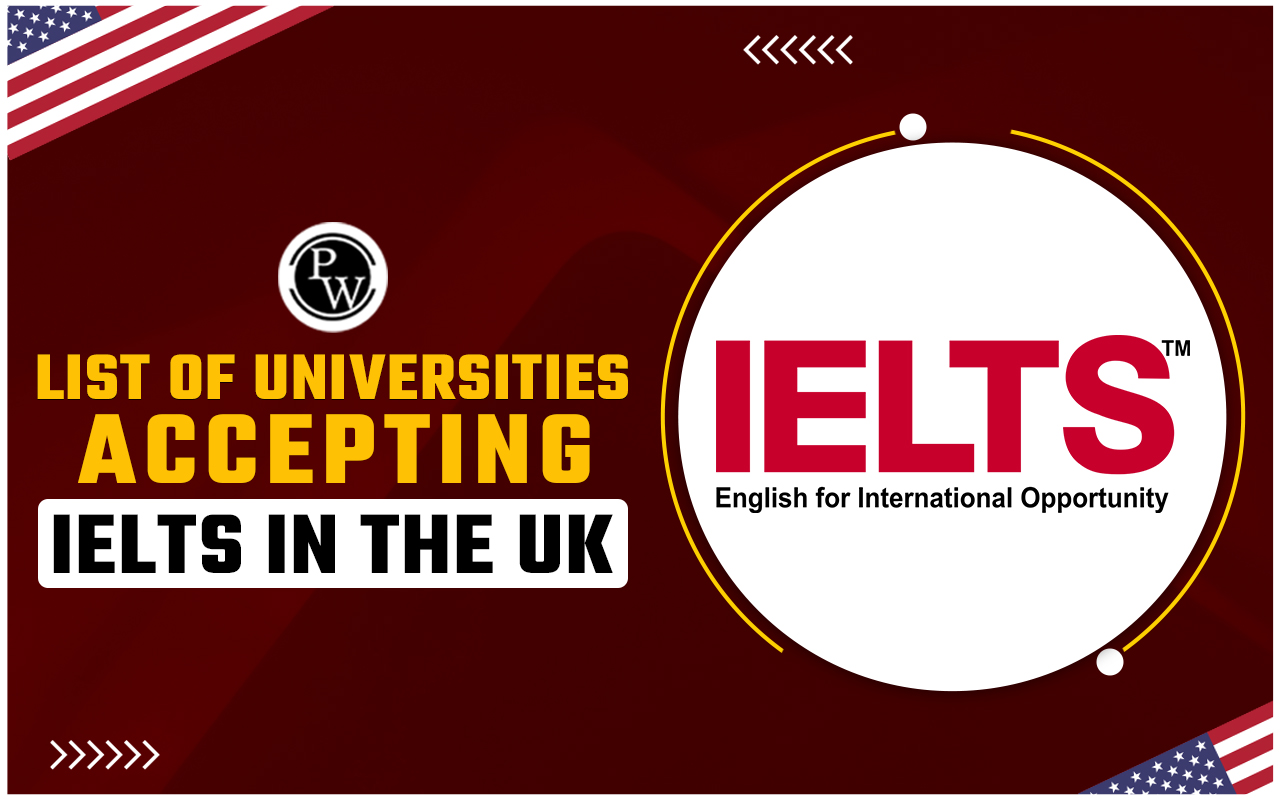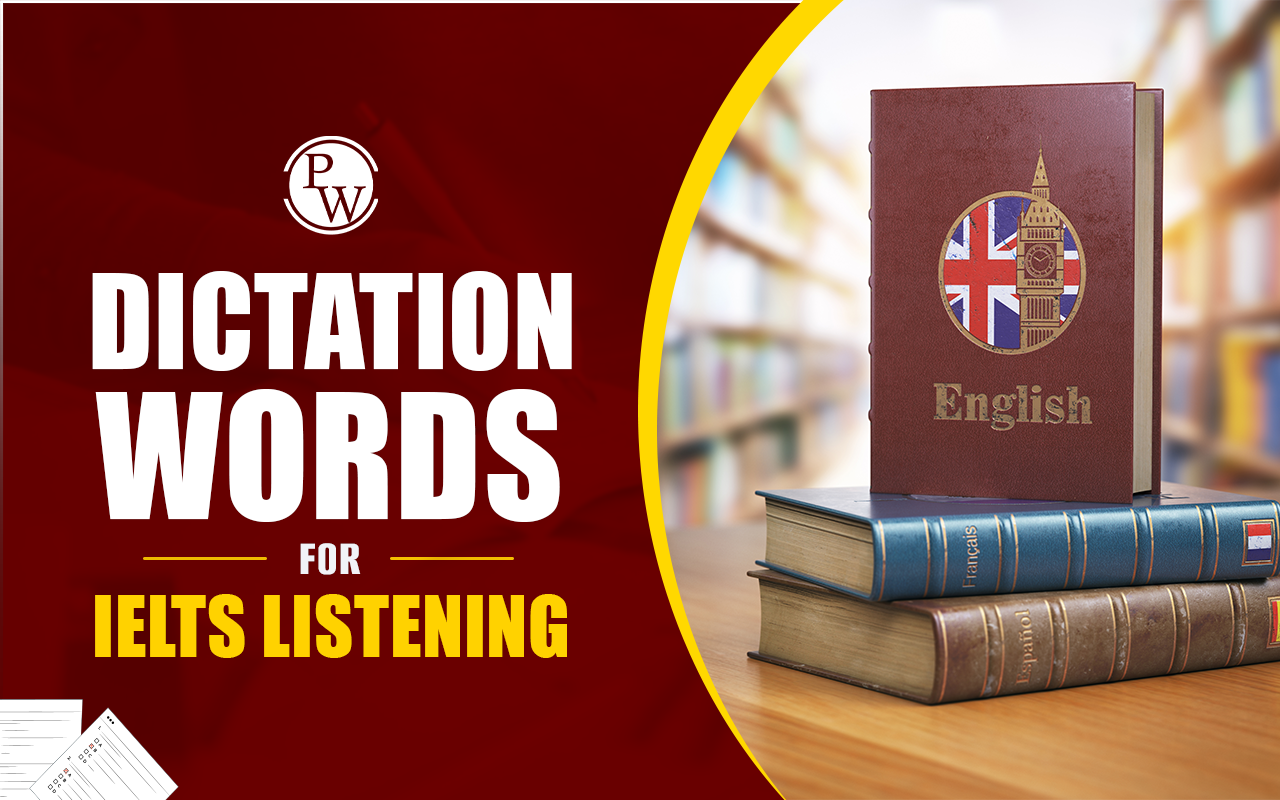
Otters IELTS Reading Answers: “Otters” is one of the most common topics in the IELTS Reading module. In this section, questions are asked mainly in two formats: IELTS Reading Matching Information and IELTS Reading Short Answer Questions.
Otters IELTS Reading Answers consists of 13 questions. Aspirants can review the Otters IELTS Reading Answers to understand the questions types and format of the IELTS exam. Practicing the sample questions and answers can help you to improve your IELTS Reading band score .Free IELTS Reading Practice Tests
Otters IELTS Reading Answers Passage
You should spend 20 minutes on Questions 1-13, which are based on the Otters IELTS Reading Answers Passage below.Otters
1. Otters have long, thin bodies and short legs – ideal for pushing through dense undergrowth or hunting in tunnels. An adult male may be up to 4 feet long and 30lbs. Females are typically smaller. The Eurasian otter’s nose is about the smallest among the otter species and has a characteristic shape described as a shallow ‘W’. An otters tail (or rudder, or stern) is stout at the base and tapers towards the tip where it flattens. This forms part of the propulsion unit when swimming fast underwater. Otter fur consists of two types of hair: stout guard hairs which form a waterproof outer covering, and under-fur which is dense and fine, equivalent to an otter’s thermal underwear. The fur must be kept in good condition by grooming. Seawater reduces the waterproofing and insulating qualities of otter fur when saltwater in the fur. This is why freshwater pools are important to otters living on the coast. After swimming, they wash the salts off in pools and squirm on the ground to rub dry against vegetation. 2. The scent is used for hunting on land, for communication and for detecting danger. Otterine sense of smell is likely to be similar in sensitivity to dogs. Otters have small eyes and are probably short-sighted on land. But they do have the ability to modify the shape of the lens in the eye to make it more spherical, and hence overcome the refraction of water. In clear water and good light, otters can hunt fish by sight. The otter’s eyes and nostrils are placed high on its head so that it can see and breathe even when the rest of the body is submerged. Underwater, the cotter holds its legs against the body, except for steering, and the hind end of the body is flexed in a series of vertical undulations. River otters have webbing which extends for much of the length of each digit, though not to the very end. Giant otters and sea otters have even more prominent webs, while the Asian short-clawed otter has no webbing – they hunt for shrimps in ditches and paddy fields so they don’t need the swimming speed. Otter’s ears are tiny for streamlining, but they still have very sensitive hearing and are protected by valves which close them against water pressure. 3. A number of constraints and preferences limit suitable habitats of otters. Water is a must and the rivers must be large enough to support a healthy population of fish. Being such shy and wary creatures, they will prefer territories where man’s activities do not impinge greatly. Of course, there must also be no other otter already in residence – this has only become significant again recently as populations start to recover. Coastal otters have a much more abundant food supply and range for males and females may be just a few kilometres of coastline. Because male range overlaps with two or three females – not bad! Otters will eat anything that they can get hold of – there are records of sparrows and snakes and slugs being gobbled. Apart from fish, the most common prey are crayfish, crabs and water birds. Small mammals are occasionally taken, most commonly rabbits but sometimes even moles. 4. Eurasian otters will breed any time where food is readily available. In places where the condition is more severe, Sweden for example where the lakes are frozen for much of winter, cubs are born in spring. This ensures that they are well grown before severe weather returns. In the Shetlands, cubs are born in summer when fish is more abundant. Though otters can breed every year, some do not. Again, this depends on food availability. Other factors such as food range and quality of the female may have an effect. Gestation for Eurasian otter is 63 days, with the exception of Lutra canadensis whose embryos may undergo delayed implantation. Otters normally give birth in more secure dens to avoid disturbances. Nests are lined with bedding to keep the cub’s warm mummy is away feeding. 5. Otters normally give birth in more secure dens to avoid disturbances. Nests are lined with bedding (reeds, waterside plants, grass) to keep the cub’s warm while is away feeding. Litter Size varies between 1 and 5. For some unknown reason, coastal otters tend to produce smaller litters. At five weeks they open their eyes – a tiny cub of 700g. At seven weeks they’re weaned onto solid food. At ten weeks they leave the nest, blinking into daylight for the first time. After three months they finally meet the water and learn to swim. After eight months they are hunting, though the mother still provides a lot of food herself. Finally, after nine months she can chase them all away with a clear conscience, and relax – until the next fella shows up. 6. The plight of the British otter was recognised in the early 60s, but it wasn’t until the late 70s that the chief cause was discovered. Pesticides, such as dieldrin and aldrin, were first used in1955 in agriculture and other industries – these chemicals are very persistent and had already been recognised as the cause of huge declines in the population of peregrine falcons, sparrow hawks and other predators. The pesticides entered the river systems and the food chain – micro-organisms, fish and finally otters, with every step increasing the concentration of the chemicals. From 1962 the chemicals were phased out, but while some species recovered quickly, otter numbers did not – and continued to fall into the 80s. This was probably due mainly to habitat destruction and road deaths. Acting on populations fragmented by the sudden decimation in the 50s and 60s, the loss of just a handful of otters in one area can make an entire population unviable and spell the end. 7. Otter numbers are recovering all around Britain – populations are growing again in the few areas where they had remained and have expanded from those areas into the rest of the country. This is almost entirely due to legislation, conservation efforts, slowing down and reversing the destruction of suitable otter habitats and reintroductions from captive breeding programs. Releasing captive-bred otters is seen by many as a last resort. The argument runs that where there is no suitable habitat for them they will not survive after release and where there is suitable habitat, natural populations should be able to expand into the area. However, reintroducing animals into a fragmented and fragile population may add just enough impetus for it to stabilise and expand, rather than die out. This is what the Otter Trust accomplished in Norfolk, where the otter population may have been as low as twenty animals at the beginning of the 1980s. The Otter Trust has now finished its captive breeding program entirely, great news because it means it is no longer needed.Otters IELTS Reading Answers Sample Questions
Questions 1-9 Instructions: Match the statements (1–9) with the correct paragraphs (A–G).
- Otters rely on freshwater pools to maintain their fur’s waterproof quality.
- An otter’s sense of smell is comparable to that of dogs.
- Coastal otters tend to have smaller litter sizes.
- The recovery of otter populations is supported by laws and conservation programs.
- Pesticides caused a significant decline in British otter populations in the 1950s and 1960s.
- Male otters’ territory may overlap with those of multiple females.
- Eurasian otters can alter their breeding times depending on food availability.
- The shape of an otter's eye lens allows them to see underwater.
- Otters' tails are part of their propulsion system in water.
Questions 10-13 Instructions: Answer the following questions using NO MORE THAN THREE WORDS.
- What type of hair forms the waterproof outer covering of otters' fur?
- Which type of otters hunt shrimps in paddy fields?
- What are otter cub nests lined with to maintain warmth?
- Which organization successfully reintroduced otters in Norfolk?
Otters IELTS Reading Answers with Explanation
1. Otters rely on freshwater pools to maintain their fur’s waterproof quality. Answer: Paragraph A Answer explanation: Paragraph A mentions “Seawater reduces the waterproofing and insulating qualities of otter fur when saltwater in the fur. This is why freshwater pools are important to otters living on the coast.” 2. An otter’s sense of smell is comparable to that of dogs. Answer: Paragraph B Answer explanation: Paragraph B mentions that “Otterine sense of smell is likely to be similar in sensitivity to dogs.” highlighting this comparison. 3. Coastal otters tend to have smaller litter sizes. Answer: Paragraph E Answer explanation: Paragraph E mentions that “Litter Size varies between 1 and 5. For some unknown reason, coastal otters tend to produce smaller litters.” 4. The recovery of otter populations is supported by laws and conservation programs. Answer: Paragraph G Answer explanation: Paragraph G explains how otter populations in Britain are recovered by legislation, conservation efforts, and captive breeding programs. 5. Pesticides caused a significant decline in British otter populations in the 1950s and 1960s. Answer: Paragraph F Answer explanation: Paragraph F mentions “Pesticides, such as dieldrin and aldrin, were first used in1955 in agriculture and other industries – these chemicals are very persistent and had already been recognized as the cause of huge declines in the population of peregrine falcons, sparrow hawks and other predators.” 6. Male otters’ territory may overlap with those of multiple females. Answer: Paragraph C Answer explanation: Paragraph C mentions that “Because male range overlaps with two or three females – not bad! Otters will eat anything that they can get hold of – there are records of sparrows and snakes and slugs being gobbled.” 7. Eurasian otters can alter their breeding times depending on food availability. Answer: Paragraph D Answer explanation: Paragraph D mentions that based on food abundance Eurasian otters adapt their breeding cycles. Some examples are from Sweden and the Shetlands are provided in the passage. 8. The shape of an otter's eye lens allows them to see underwater. Answer: Paragraph B Answer explanation: Paragraph B mentions that “But they do have the ability to modify the shape of the lens in the eye to make it more spherical, and hence overcome the refraction of water.” 9. Otters' tails are part of their propulsion system in water. Answer: Paragraph A Answer explanation: Paragraph A it is described that the otter's tail was stout at the base and tapered at the tip. Therefore, they can swim fast underwater. 10. What type of hair forms the waterproof outer covering of otters' fur? Answer: Guard hairs Answer Explanation : Paragraph A mentions that “Otter fur consists of two types of hair: stout guard hairs which form a waterproof outer covering”. 11. Which type of otters hunt shrimps in paddy fields? Answer: Asian short-clawed otters Answer Explanation : Paragraph B states that Asian short-clawed otters hunt shrimps in ditches and paddy fields, therefore, lack webbing as swimming speed is unnecessary there. 12. What are otter cub nests lined with to maintain warmth? Answer: Reeds and grass Answer Explanation : Paragraph E mentions that when the mother is away feeding, otter nests are lined with materials like reeds, waterside plants, and grass which keep the cubs warm. 13. Which organization successfully reintroduced otters in Norfolk? Answer: Otter Trust Answer Explanation : Paragraph G explains that the Otter Trust successfully reintroduced otters in Norfolk contributing to the recovery of the otter population.| IELTS Exam Important Links | |
|---|---|
| IELTS Reading Band Score | IELTS Listening Band Score |
| IELTS Speaking Band Score | IELTS Wri ting Band Score |
Tips for Answering the Question Types in Otters IELTS Reading Answers
Some popular tips for answering the question types in Otters IELTS Reading Answers are as follows:Otters IELTS Reading Answers Tips for Matching Information
- Try to highlight the keywords in the questions, such as "sense of smell," "recovery," "territory," and "pesticides."
- Skim through passages completely to identify the major keywords in the questions.
- Ensure you match the complete sentences in the passage and not just parts of the sentence.
Otters IELTS Reading Answers Tips for Short Answer Questions
- Look for the exact details from the passage such as facts, figures, and names.
- Stick to the word count specified in the instructions.
- Try to simplify and paraphrase the sentences in the passage to frame your answers.
Otters IELTS Reading Answers General Tips
- Spend about 20 minutes per passage and don’t spend too much time on one question.
- Skim the text carefully to find specific information.
- Highlight names, dates, and technical terms to identify specific answers.
- Familiarize yourself with different question types.
- Eliminate unnecessary information to find the relevant information.
How to Manage Time in IELTS Reading
Guidance of PW IELTS
Physics Wallah offers a few popular online IELTS courses for all students. Follow the latest IELTS articles to better prepare for the exam.| IELTS Exam Other Related Links | |
|---|---|
| IELTS Registration | IELTS Eligibility Criteria |
| IELTS Exam Pattern | IELTS Syllabus |
| IELTS Exam Dates | IDP IELTS Test Centers |
Main Keyword FAQs
Q. How can I identify the correct heading in a Matching Headings question?
Ans. Try to focus on the main idea of each paragraph and match with the questions. Find synonyms and paraphrased words and sentences to match with the heading.
Q. What’s the best way to manage time in IELTS Reading?
Ans. Spend 20 minutes per passage. Do not spend too much time on one question. Try to skim the entire passage to find major keywords.
Q. Can I write answers in capital letters?
Ans. Yes, you can write answers in all capital letters.
Q. How should I approach True/False/Not Given questions?
Ans. Read the statement carefully, find related information in the passage, and determine if it matches (True), contradicts (False), or isn’t mentioned (Not Given).
Talk to a counsellorHave doubts? Our support team will be happy to assist you!

Check out these Related Articles
Free Learning Resources
PW Books
Notes (Class 10-12)
PW Study Materials
Notes (Class 6-9)
Ncert Solutions
Govt Exams
Class 6th to 12th Online Courses
Govt Job Exams Courses
UPSC Coaching
Defence Exam Coaching
Gate Exam Coaching
Other Exams
Know about Physics Wallah
Physics Wallah is an Indian edtech platform that provides accessible & comprehensive learning experiences to students from Class 6th to postgraduate level. We also provide extensive NCERT solutions, sample paper, NEET, JEE Mains, BITSAT previous year papers & more such resources to students. Physics Wallah also caters to over 3.5 million registered students and over 78 lakh+ Youtube subscribers with 4.8 rating on its app.
We Stand Out because
We provide students with intensive courses with India’s qualified & experienced faculties & mentors. PW strives to make the learning experience comprehensive and accessible for students of all sections of society. We believe in empowering every single student who couldn't dream of a good career in engineering and medical field earlier.
Our Key Focus Areas
Physics Wallah's main focus is to make the learning experience as economical as possible for all students. With our affordable courses like Lakshya, Udaan and Arjuna and many others, we have been able to provide a platform for lakhs of aspirants. From providing Chemistry, Maths, Physics formula to giving e-books of eminent authors like RD Sharma, RS Aggarwal and Lakhmir Singh, PW focuses on every single student's need for preparation.
What Makes Us Different
Physics Wallah strives to develop a comprehensive pedagogical structure for students, where they get a state-of-the-art learning experience with study material and resources. Apart from catering students preparing for JEE Mains and NEET, PW also provides study material for each state board like Uttar Pradesh, Bihar, and others
Copyright © 2025 Physicswallah Limited All rights reserved.
Get App









